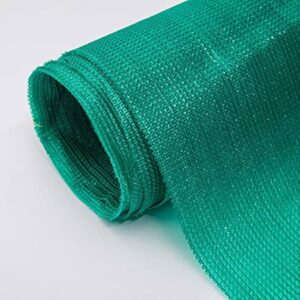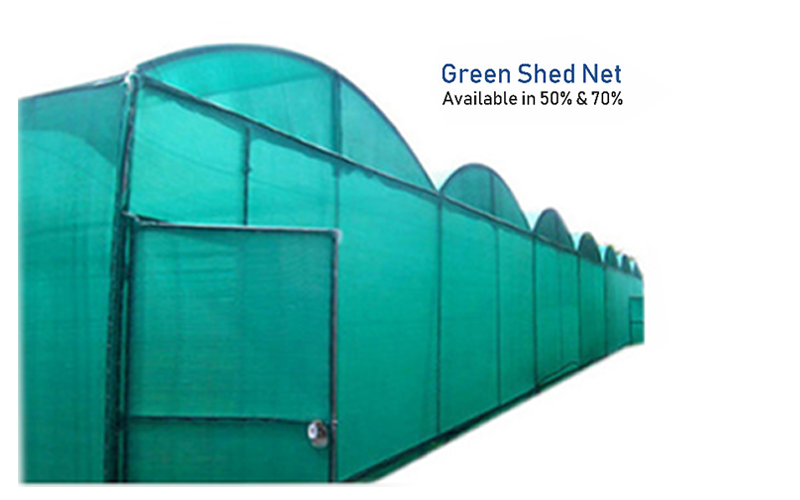
Shade Nets
Points are a protective cover made of woven or knitted clothing, which is used to protect high sunlight, UV rays, air and hail in agriculture, kindergarten, horticulture and construction. They help regulate the temperature and prevent overheating, promote plant growth and provide comfort to workers. Available in different shading percentage, they allow adaptation for different requirements. Light, durable and easy to install, shade yarn is also effective in reducing soil water loss, making them versatile for external use under different circumstances.
Benefits:
A. Temperature control
- Helps maintain optimal water temperature to prevent overheating in summer.
- Reduces temperature races and downs, which can stress fish and shrimp.
B. Further sunshine and protection against UV rays
- Extreme prevents excessive algae growth by limiting exposure to direct sunlight.
- Reduces the risk of evaporation of water, maintains the level of proper salinity.
- Prevents delicate species from sunburn and heat stress.
C. Hunters prevent attacks
- Works as a barrier to birds, such as Heron and Kingfisher, who hunt fish and shrimp.
- Provides partial protection against other small animals or falling debris.
D. Improves growth and productivity
- Shrimp and fish reduce the stress level, causing better feed conversion and growth rates.
- Creates a more controlled environment for breeding and initial phase development.
E. Reduces the evaporation of water and maintains salinity
- The shed network slows the evaporation of water, which is necessary to maintain a continuous water level.
- Prevents strict changes in salinity, especially in shrimp forms.
Shade Net Types: 50% & 70% (Black & Green):
| Shade Percentage | Color | Usage/Application | Benefits |
|---|---|---|---|
| 50% Shade Net | Black | – Vegetable farming (tomato, chili, brinjal) – Aquaculture tanks – Poultry shelters | – Moderate sunlight control – Reduces water evaporation – Blocks predators in aquaculture |
| 50% Shade Net | Green | – Plant nurseries – Decorative gardens – Parking areas | – Balanced light diffusion – Cooler appearance – Ideal for general plant growth |
| 70% Shade Net | Black | – Shrimp hatcheries – Sensitive ornamental plants – Construction scaffolding | – Strong sunlight reduction – Prevents algal bloom – Improved water quality in aquaculture |
| 70% Shade Net | Green | – Ferns, orchids, and shade -loving plants – Greenhouses – Livestock protection | – Better cooling effect – Aesthetic look – Reduces plant stress |


Installation:
A. Overhead Installation
- Used to provide uniform shading over large ponds.
- Installed using poles and cables to droop the internet above the pond.
B. Side Wall Protection
- Nets can be placed round pond perimeters to reduce wind impact and block predators.
C. Floating Shade Nets
- Some farms use floating nets or partially submerged systems to govern immoderate algae increase.
Other Common Uses:
- Aquaculture – Maintains water temperature, reduces algae growth, and protects fish/shrimp from predators.
- Nurseries – Seedling protection and propagation.
- Greenhouses/Polyhouses – Integrated with structures for regulated climate.
- Livestock & Poultry Farming – Offers cooling and protection for animals
- Car Parking Areas – Prevents sun damage to vehicles.
- Outdoor Events & Tents – Used for temporary shade in public functions.
Conclusion
Using shade nets in shrimp and fish farming enhances water quality, protects stock from harsh environmental conditions, and improves overall productivity. Selecting the right shading percentage and proper installation ensures optimal benefits.

